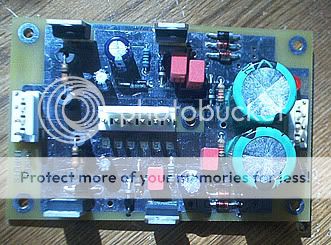Man, that's one beautiful console.

----
Thank you cjacek. During it's life it had many of Country Music's greats play through it including Johny Cash. So I guess that makes it a bit of a historical legend.
yeah, that is a one nice mighty desk.
And get those gadgets and accessories off'him. Treat him with respect.
Believe me, old Rex is getting the 1st class treatment now. I'm using only the best in terms of parts and practices. This ain't no hack job. I'm paying close attention to every detail no matter how small. This is another reason it is taking so long.
I have probably put in at least 40 hours just in researching and selecting the parts I am putting in it.
Reading the specs on everything and making careful decisions about which parts are used where.
In crucial circuits like the summing amps I am using military spec Dale 1% resistors for lowest noise. In the PSU I am using parts rated for double or triple the voltage and current they will ever see.
Crap ceramic caps replaced by high tolerance polystyrene, polypropolene or glass caps. Electrolytic caps replaced with good quality Nichicons and in crucial areas very expensive and rare ROE audio grade caps.
You already know about the chips...
I'm even using $20/can DeoxIT to clean pots, switches and connectors.
Rex is a king and receiving the royal treatment.
I found the exact source of the high pitched whine, but the why of it is still a mystery.
Further testing on the power supply with it hooked up to the mixer has been very impressive. Using my oscilloscope, I poked around to measure the ripple voltage. Got flat lines even with Volts Division set to microvolts ranges. This is under load too. Damn this thing is QUIET. Those guys whose ideas I used in the design knew their shit. My hat is off to them.







 - nice
- nice 



